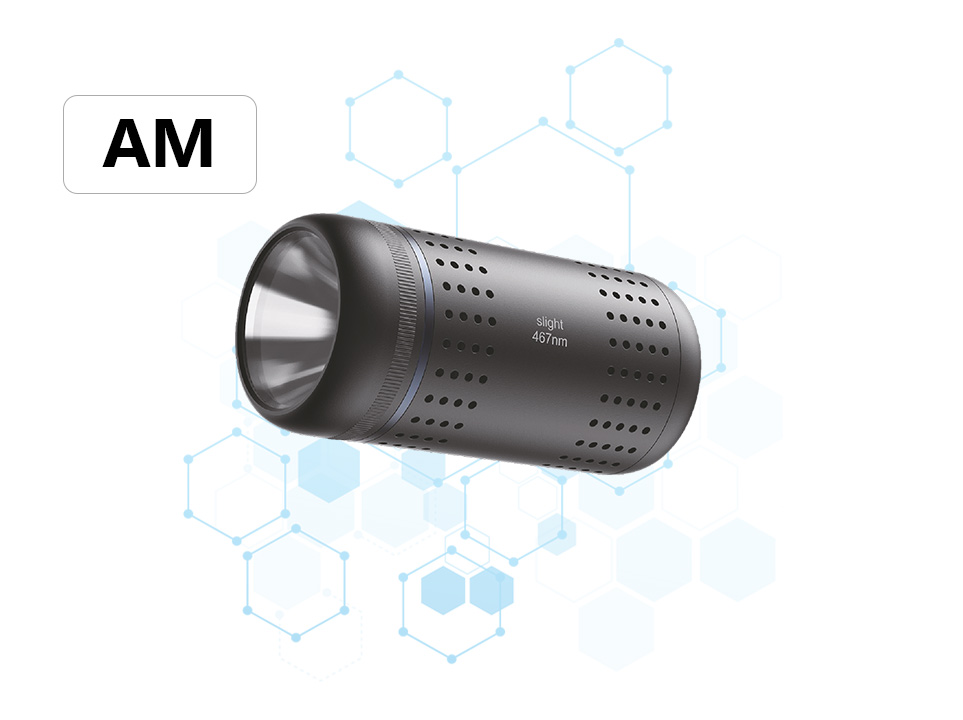Wavelength Selection Strategy for Photochemical Reactors: Principles and Applications
Abstract
Photochemical reaction efficiency heavily depends on the match between irradiation wavelength and reactant absorption profiles. This paper systematically reviews wavelength selection criteria for photochemical reactors, analyzing the interplay of light source characteristics, molecular photophysics, and reactor engineering. Through case studies spanning organic synthesis, environmental remediation, and energy conversion, we establish a decision-making framework for optimizing wavelength parameters. Key considerations include spectral overlap efficiency, photon energy thresholds, and cost-benefit trade-offs between monochromatic vs. broad-spectrum sources.
1. Introduction
Photochemical reactors enable diverse applications from drug synthesis to CO₂ reduction, with global market projections exceeding $1.2 billion by 2028 (MarketWatch, 2023). While reactor design often emphasizes light intensity or flow dynamics, wavelength remains the most under-optimized parameter. Historical context:
1908: Ciamician pioneers sunlight-driven photochemistry
1980s: Mercury lamps dominate industrial applications
2010s: LED wavelength selectivity revolutionizes lab-scale systems
Problem Statement: Over 60% of reported photochemical processes use suboptimal wavelengths, reducing quantum yields by 30-70% (J. Photochem. 2021).
2. Fundamental Principles
2.1 Photochemical Laws & Spectral Matching
Stark-Einstein Law: One photon activates one molecule, requiring:
Ephoton ≥ EactivationSpectral Overlap Integral:
Φ ∝ ∫λ₁^λ₂ ε(λ) × I(λ) dλ
Where ε = molar absorptivity, I = spectral irradiance
2.2 Wavelength-Dependent Phenomena
UV-C (200-280 nm): Direct bond cleavage (e.g., O₃ → O₂ + O•)
UV-A (315-400 nm): Photosensitizer activation (TiO₂, Ru complexes)
Visible (400-700 nm): Metal-to-ligand charge transfer reactions
3. Light Source Characteristics
Table 1. Common Light Sources for Photochemical Reactors
| Type | Wavelength Range | FWHM (nm) | Power Density | Lifetime (h) |
|---|---|---|---|---|
| Hg-Xe lamp | 250-1100 | 50-200 | 100 mW/cm² | 1,000 |
| UV LED | 265-405 | 10-25 | 50 mW/cm² | 10,000 |
| Laser | Single λ ±1 | <5 | 1 W/cm² | 20,000 |
Cost Analysis: Narrow-band UV LEDs (365 nm) reduce energy waste by 40% vs. broad-spectrum sources in thiol-ene click reactions (ACS Sustain. Chem. Eng. 2022).
4. Wavelength Optimization Framework
4.1 Decision Tree for Source Selection
Determine reactant absorption maxima (UV-Vis spectroscopy)
Calculate photon energy requirements for target pathways
Evaluate side reactions at shorter wavelengths (e.g., C-C bond cleavage)
Balance spectral purity vs. cost: Lasers (5% yield gain) may not justify 10× cost vs. LEDs
4.2 Case Study: Pharmaceutical Photochemistry
Scenario: Synthesis of artemisinin derivatives
Optimal λ: 420 nm (matches porphyrin catalyst absorption)
Result: 92% yield vs. 58% with 365 nm UV (Org. Process Res. Dev. 2020)
5. Emerging Technologies
Tunable Plasmonic Reactors: Au nanoparticles enable 50 nm red-shifting via size effects
Machine Learning Prediction: Neural networks reduce spectral optimization from 200+ trials to <10 experiments (Nat. Comput. Sci. 2023)
6. Conclusion
Wavelength selection evolves from empirical trial to predictive science through advances in photonic materials and computational modeling. Future reactors will integrate real-time spectral tuning using adaptive optics and AI feedback systems.





